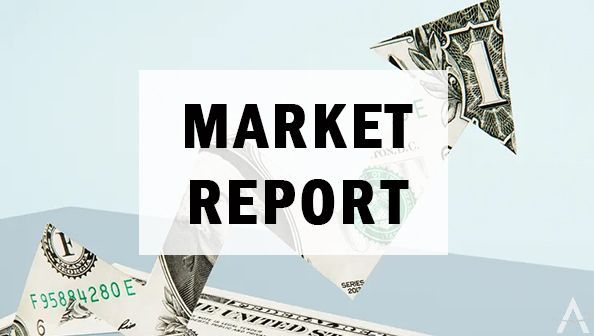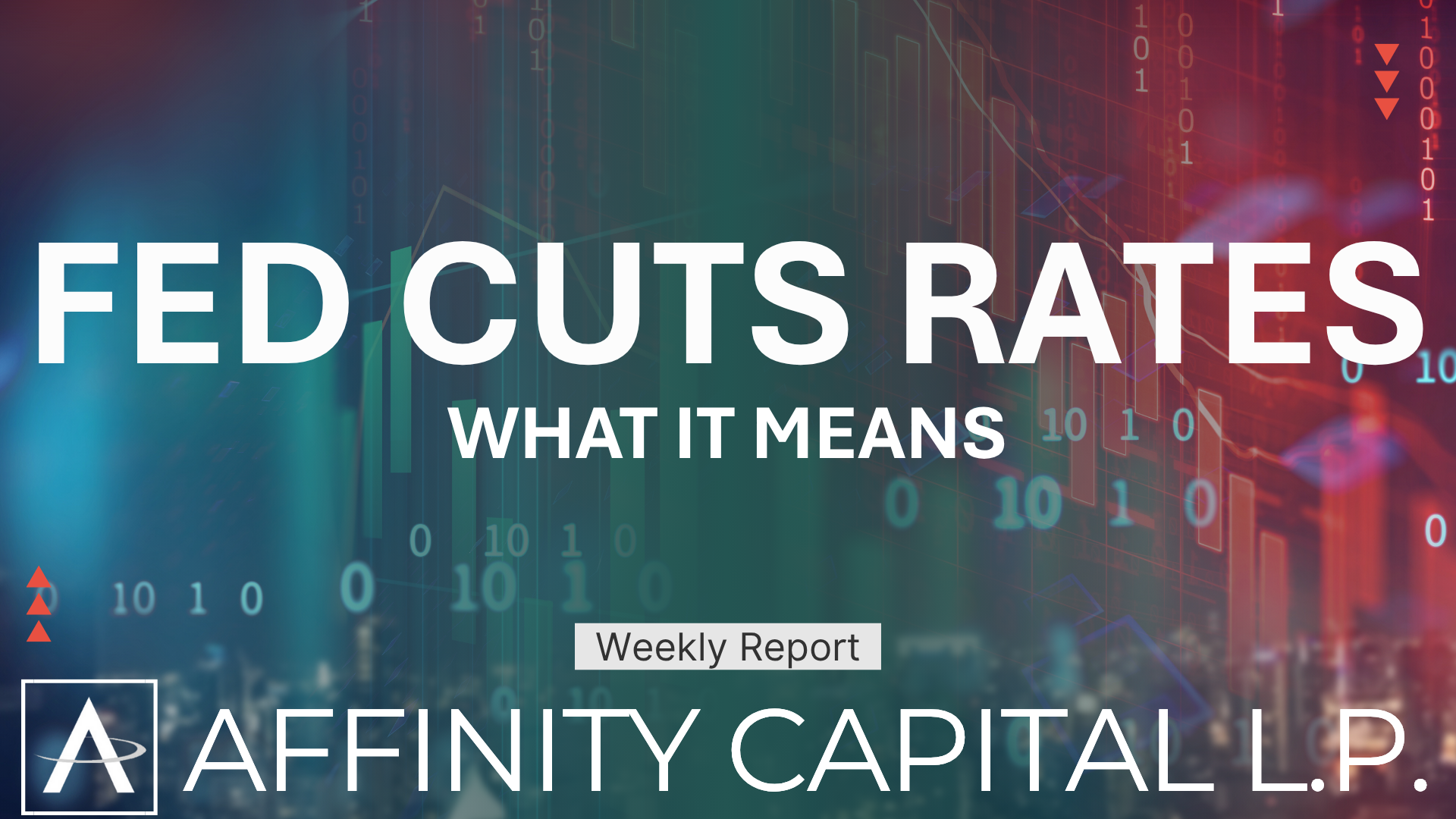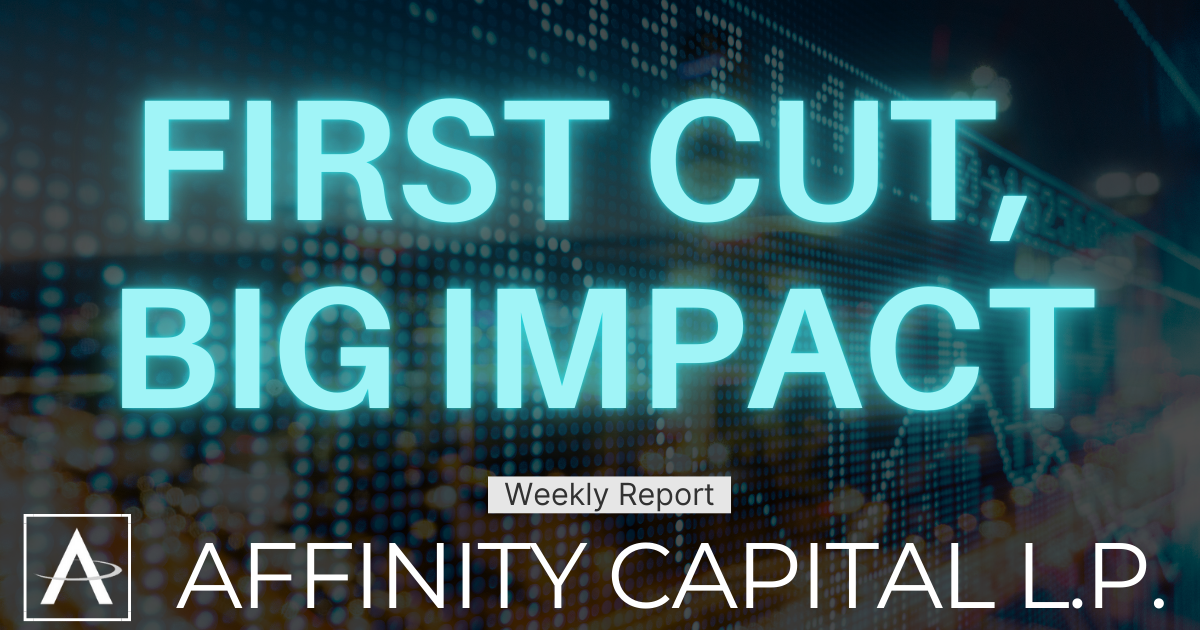Market Report for May 4, 2023 | Affinity Capital

The Federal Reserve announced their tenth rate hike in the last year for the federal funds rate as they continue their most aggressive rate hike cycle in 40 years. The hike was an increase of 0.25%, bringing the fed funds rate to a range of 5.00% to 5.25% from a bottom of 0.00% to 0.25%.
The federal funds rate is the rate at which commercial banks borrow and lend their excess reserves to each other overnight. While it is an” overnight” rate, it sets the benchmark for all other interest rates from savings accounts and credit cards to 30 year mortgages.
The markets traditionally look to statements from the Fed chairman for some indications of future monetary policy and how it will affect the markets going forward. Given the Fed action, we think there is little catalyst for the markets to move forward in the near future. The Dow Jones Industrial Average saw a swing this afternoon of more than 350 points, closing down 270 points.
Apple Inc. is the largest publicly traded company in the world and will report their earnings today after the market close. It is often said that as Apple goes, so goes the market.
After a dismal year for both stocks and bonds in 2022, sentiment among a large number of analysts has been cautious. We agree and to protect your assets in very uncertain times, we have been conservative this year.
We have often discussed the illusion of traditional market measures such as the S&P 500 as a reflection in a wall of mirrors. It can be a rather deceptive proxy for both the markets and your portfolios. A small number of tech companies are driving an ever-increasing share of the US stock market’s gains, prompting us to have concerns about the sustainability of this recent short-term rally.
The S&P 500 has risen 8 percent so far in 2023, but 80 percent of the increase has been driven by just seven companies. Apple and Microsoft have led the way, contributing around 40 percent of the index’s rise. The trend has been growing for several months and while there is always a fear of missing the market, we have remained steadfast in our viewpoint of continued systemic market weakness.
When we consider an out of sync bond market, falling oil prices, slowing economic activity and a potentially increasing banking crisis, we believe that the underlying weakness in the markets is signaling caution.
The debate, or rather lack of debate, at this point over the federal debt limit will cast an increasing pall over the markets. The debt limit is the total amount of money that the United States government is authorized to borrow to meet its existing legal obligations. Since the modern debt limit was created in 1939, it has been raised almost 100 times. It is a myth that the government defaults on its obligations immediately when the limit is reached, but it is getting close.
The U.S. government has never defaulted on its debt, and we remain certain it will not this time. With that said, Washington politics seems to get scarier every day. We do have a high exposure to U.S. Treasuries which are traditionally considered “risk-free” investments. As we manage through turbulent times, our portfolios have an annualized average of over 5.00% return for investments of less than 30 days maturity. We will continue to evaluate these investments as the timeframe for congressional debt limit negotiations progresses.
As always, please feel free to reach out to us with any questions. We thank you for the confidence you have placed in Affinity Capital to manage your investments and navigate these times together.



